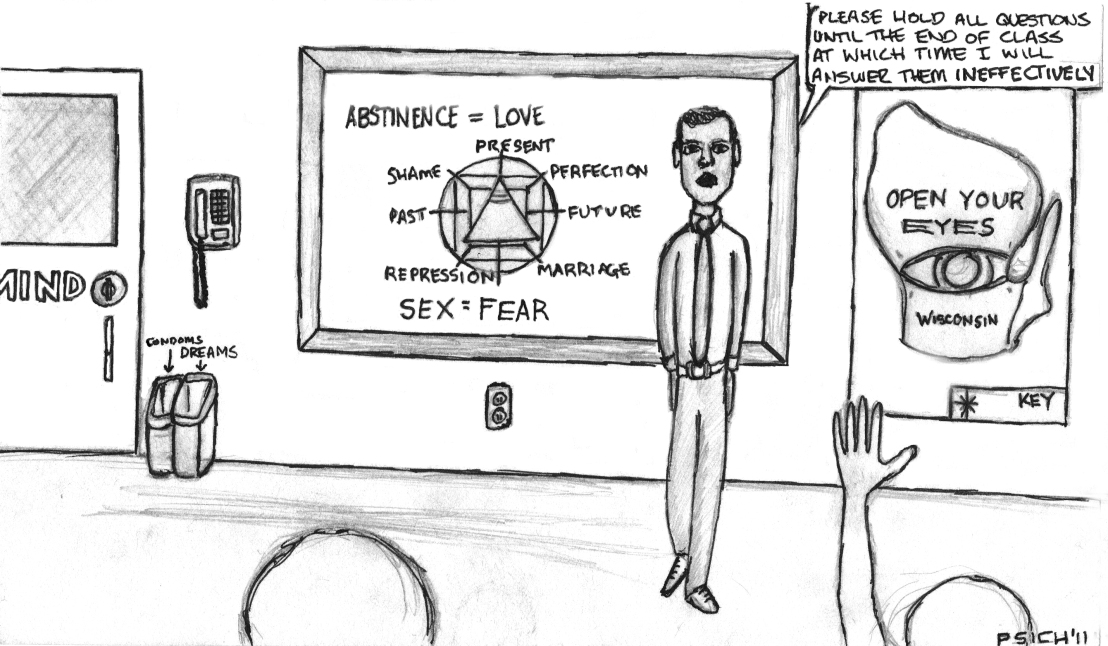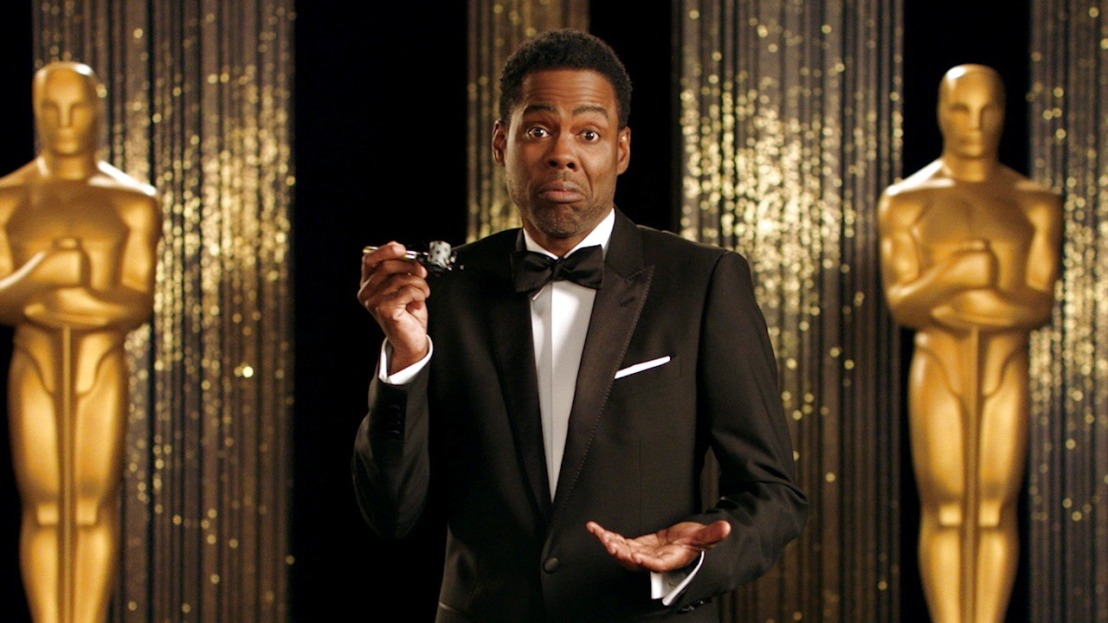
A few posts back, I mentioned a research paper that I was writing. In many ways, the essay was a culmination of ideas that I discussed in my blog, including hidden curriculum and gender bias. To summarize my argument, I argued that inherently learned and socially acceptable forms of sexism are the common motivating factors behind instances of gender inequity. For the purpose of my essay, this was an effective thesis. I had close to ten pages to prove my point in careful detail and my argument was structurally designed around this theses. However, my guess is that you are already bored hearing about the structure of a research I wrote for my English class. That’s because the essay wasn’t addressed to you. Rather, as most research papers are, my paper was basically written for my grader.
However, luckily for you, I have created a revised digital version of my original essay which is intended for you! Unlike my research paper, this video mashup is a much more accessible form of communication which is addressed to a much wider audience. As I mentioned previously, it took close to ten pages to detail my original argument. Therefore, I chose to simplify my message down to its core for this revised version. Basically, in this new version, I want to communicate that gender issues deserve and demand more attention
 Furthermore, the structure and content of my video mashup are designed around this basic principle. As you likely know if you have read much of my blog, I am a huge fan of movies. Nearly half of my blog posts use movies as a lens through which to view other relevant topics that I am discussing. Therefore, from the very beginning I was inclined to design a video mashup since it meant I would be working with movie clips. After some thought, I decided to use clips from Quentin Tarantino films including Pulp Fiction, Kill Bill, and Django Unchained. There are multiple advantages to using these films.
Furthermore, the structure and content of my video mashup are designed around this basic principle. As you likely know if you have read much of my blog, I am a huge fan of movies. Nearly half of my blog posts use movies as a lens through which to view other relevant topics that I am discussing. Therefore, from the very beginning I was inclined to design a video mashup since it meant I would be working with movie clips. After some thought, I decided to use clips from Quentin Tarantino films including Pulp Fiction, Kill Bill, and Django Unchained. There are multiple advantages to using these films.
Firstly, these movies are so popular that they are likely to be well-known by my audience. For this reason, my hope is that I can capitalize on my audience’s preconceived admiration of these movies to increase attentiveness and encourage positive reactions to my own video. Additionally, Quentin Tarantino uses much of the same cast in many of his films. For this reason, I knew that I would have the ability to put actors and actresses in conversation with one another between multiple scenes and films. Before I talk too much about it and give away the whole thing, why don’t you just watch it?
I am by no means an expert in video editing or film design but I hope at the very least you found my project to be interesting. I believe that one of the biggest obstacles that gender issue face today is the lack of serious attention they receive. Therefore, I believe that it is important to simply encourage people to engage the subject of gender issues wether it be through a serious academic paper, or a simple video mashup like the one I have created.












 During the 2016 Oscars, Chris Rock made an insightful comment about gender inequity. Essentially, Chris Rock asked
During the 2016 Oscars, Chris Rock made an insightful comment about gender inequity. Essentially, Chris Rock asked  This of course does not mean that there are no great movies with female leads. The first movie ever shot in color and one of the most successful films of all time, “Wizard of Oz,” features a female lead. However, even the “Wizard of Oz” is influenced by gender bias. As discussed in a
This of course does not mean that there are no great movies with female leads. The first movie ever shot in color and one of the most successful films of all time, “Wizard of Oz,” features a female lead. However, even the “Wizard of Oz” is influenced by gender bias. As discussed in a  However, should the Oscars actually consider changing their award categories? While arguments for gender equality are certainly likely to gain traction amongst the notoriously liberal “Oscars Academy,” there is also something to be said for tradition. It has been said that, “to be separate is to be inherently unequal,” however the in the current landscape of the film industry, this separation might be in the favor of actresses. As I mentioned earlier, women are less likely to be given leading roles. Therefore, a combination of male and female categories might lead to an unequal distribution of awards between male and female actors and actresses.
However, should the Oscars actually consider changing their award categories? While arguments for gender equality are certainly likely to gain traction amongst the notoriously liberal “Oscars Academy,” there is also something to be said for tradition. It has been said that, “to be separate is to be inherently unequal,” however the in the current landscape of the film industry, this separation might be in the favor of actresses. As I mentioned earlier, women are less likely to be given leading roles. Therefore, a combination of male and female categories might lead to an unequal distribution of awards between male and female actors and actresses.
 Recently, I finished a research paper in which I argued that researchers frequently ignore the influence of sexism on hidden gender biases. Throughout the paper, I gave detailed examples of ways in which the
Recently, I finished a research paper in which I argued that researchers frequently ignore the influence of sexism on hidden gender biases. Throughout the paper, I gave detailed examples of ways in which the 